URA Master Plan 2025: 5 Key Future Changes You Need To Know
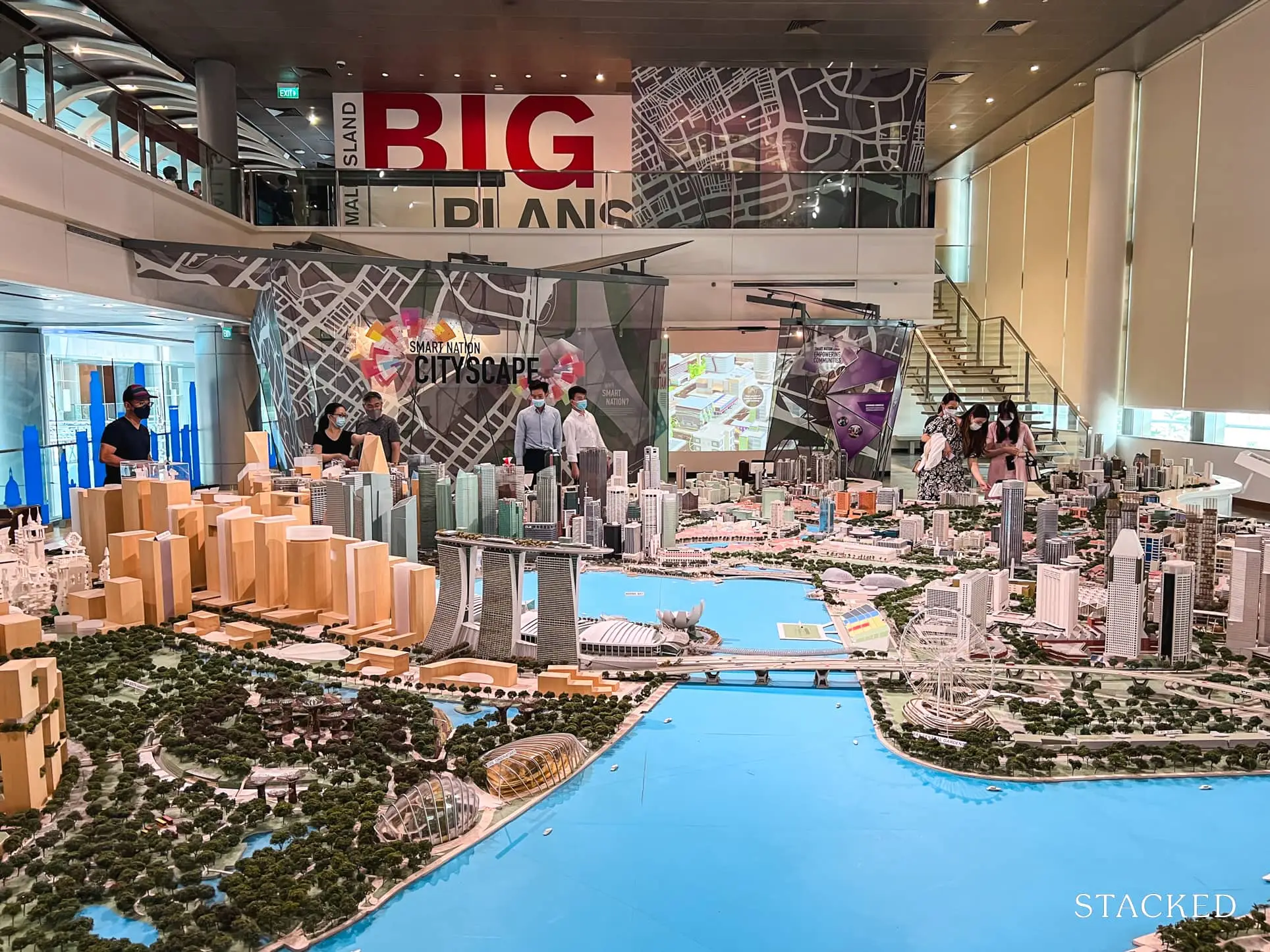
Get The Property Insights Serious Buyers Read First: Join 50,000+ readers who rely on our weekly breakdowns of Singapore’s property market.
A seasoned content strategist with over 17 years in the real estate and financial journalism sectors, Ryan has built a reputation for transforming complex industry jargon into accessible knowledge. With a track record of writing and editing for leading financial platforms and publications, Ryan's expertise has been recognised across various media outlets. His role as a former content editor for 99.co and a co-host for CNA 938's Open House programme underscores his commitment to providing valuable insights into the property market.
Singapore’s Master Plan is the blueprint that most property investors turn to; but perhaps more importantly, it determines quality of life in our built environment. While the specifics are still being laid out (public engagement is ongoing), we were able to uncover some key changes ahead.
Here’s a rundown of the master-plan, as well as a few other known changes ahead:
Editor’s Note: Updated 11 October 2023 for greater clarity
Current ongoing consultations with Master Plan 2025
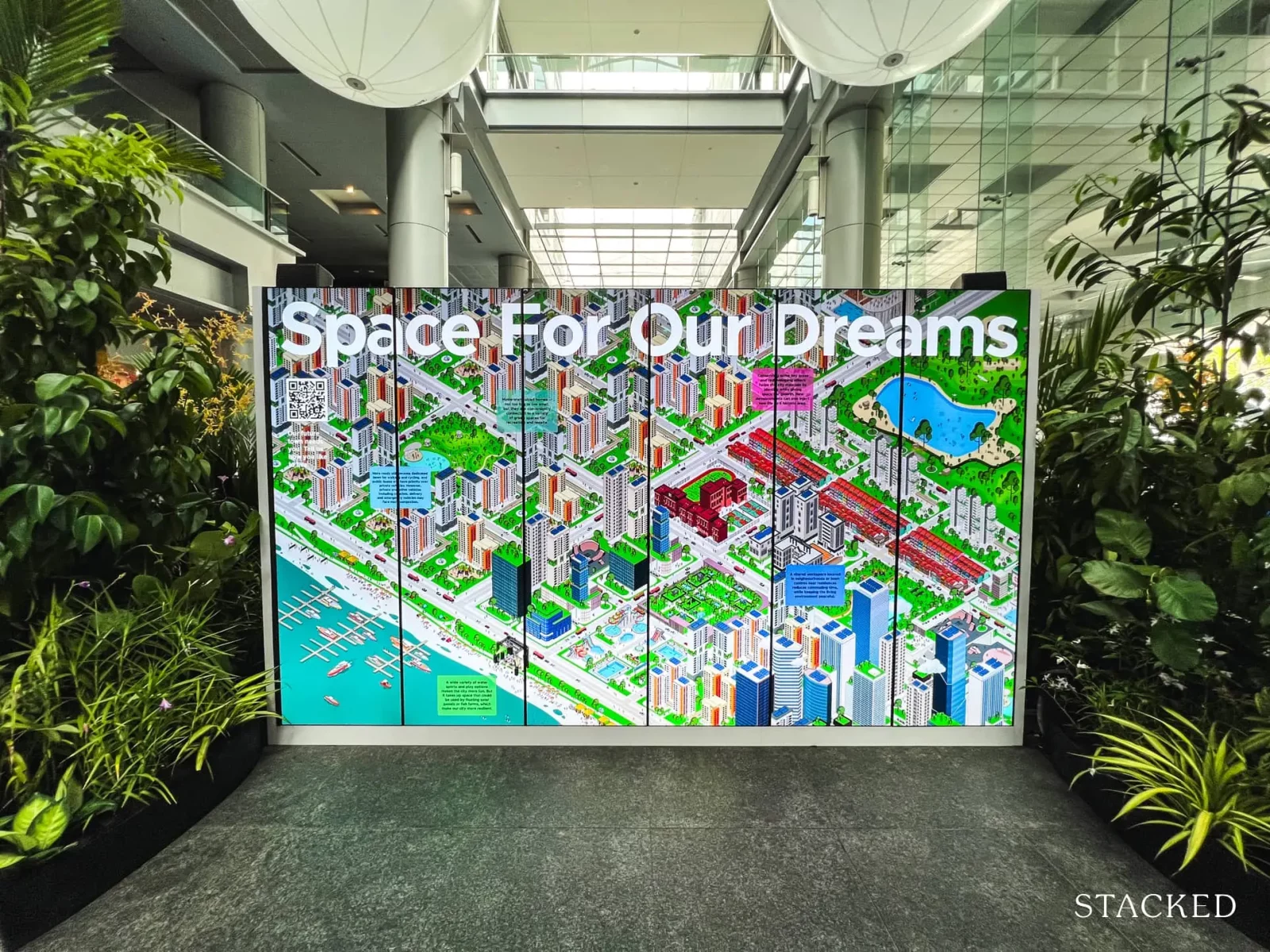
As we write this, public engagement over Master Plan 2025 is still ongoing. If you have any concerns, now may be the time to voice your opinion to URA. The Master Plan 2025 is focused on land-use plans over the next 10 to 15 years, and is subject to periodic review.
There are a few main themes to to the Master Plan:
- Shape a Happy, Healthy City
- Enable Sustainable Growth
- Strengthen Urban Resilience
- Steward Our Nature and Heritage
- Leveraging Technology
You can see the general principles behind each theme here. Besides this, there are plans to enhance five identity corridors. These are:
- The Thomson-Kallang Corridor – There will be more homes, public spaces, and workplaces along the Kallang River, as well as walking and cycling paths. This will enhance amenities along the North-South Corridor.
- The Historic East corridor – More walkable and distinctive streets from Old Airport Road to Geylang Road, and between Siglap and Bayshore. There’s also plans to rejuvenate the area around Geylang Serai Market.
- The Rail Corridor – More community spaces and access points to enter the corridor.
- The Inner Ring – More walking and cycling spaces along this rather heavily built-up stretch, with some roads like Zion, Kim Seng, Scotts, and Newton being mentioned in the list.
- The Southern Ridges and Coast – There are plans for a 10-km coastal promenade to link Marina Barrage to the Southern Ridges. This will be a public space, built with some ideas from the public.
Some notable changes include:
More from Stacked
The Other Owners Agreed To An En-bloc Right After I Moved In: Now What?
You could see from the dated exterior that the condo was old. Perhaps your property agent, or even the mortgage…
The most notable element for the property market here is housing accessibility; but besides that, Master Plan 2025 aims to build neighbourhoods that support families, ageing-in-place (i.e., a place you can live your entire life without moving), and active living.
A key highlight is the construction of new homes in central areas. This is in line with the Prime Location Housing (PLH) model in recent years, where we’ve seen BTO launches in central, mature areas like Queenstown. Notice that the Prime launches also come with 2-room flexi-flats and even some rental flats, to ensure a better demographic mix.
While it’s unsaid, we suspect this is partly to prevent the entrenchment of wealthy enclaves: if we continue as we do now, we risk ending up with neighbourhoods consisting entirely of million-dollar flats, as well as the opposite (slum or ghetto areas where no one is happy to live.)
It’s certainly something we’ve seen happen in the private segment, where areas like Bukit Timah, Tanglin, Cainrhill, etc. are almost entirely for the affluent.
From restrictions like 10-year MOPs, however, it seems clear the government wants to allow the lifestyle benefits of landing central area properties, while partly neutering the financial benefits. That is, new home buyers can enjoy living in the area, but restrictions like a longer MOP or Subsidy Recovery work to prevent them enjoying a financial windfall. The replacement of the mature / non-mature town classification system with the Plus, Prime, and Standard models show these efforts are well underway.
Some other highlights include:
- Flats to be built on the site of the former Keppel Club, which will benefit from the Greater Southern Waterfront
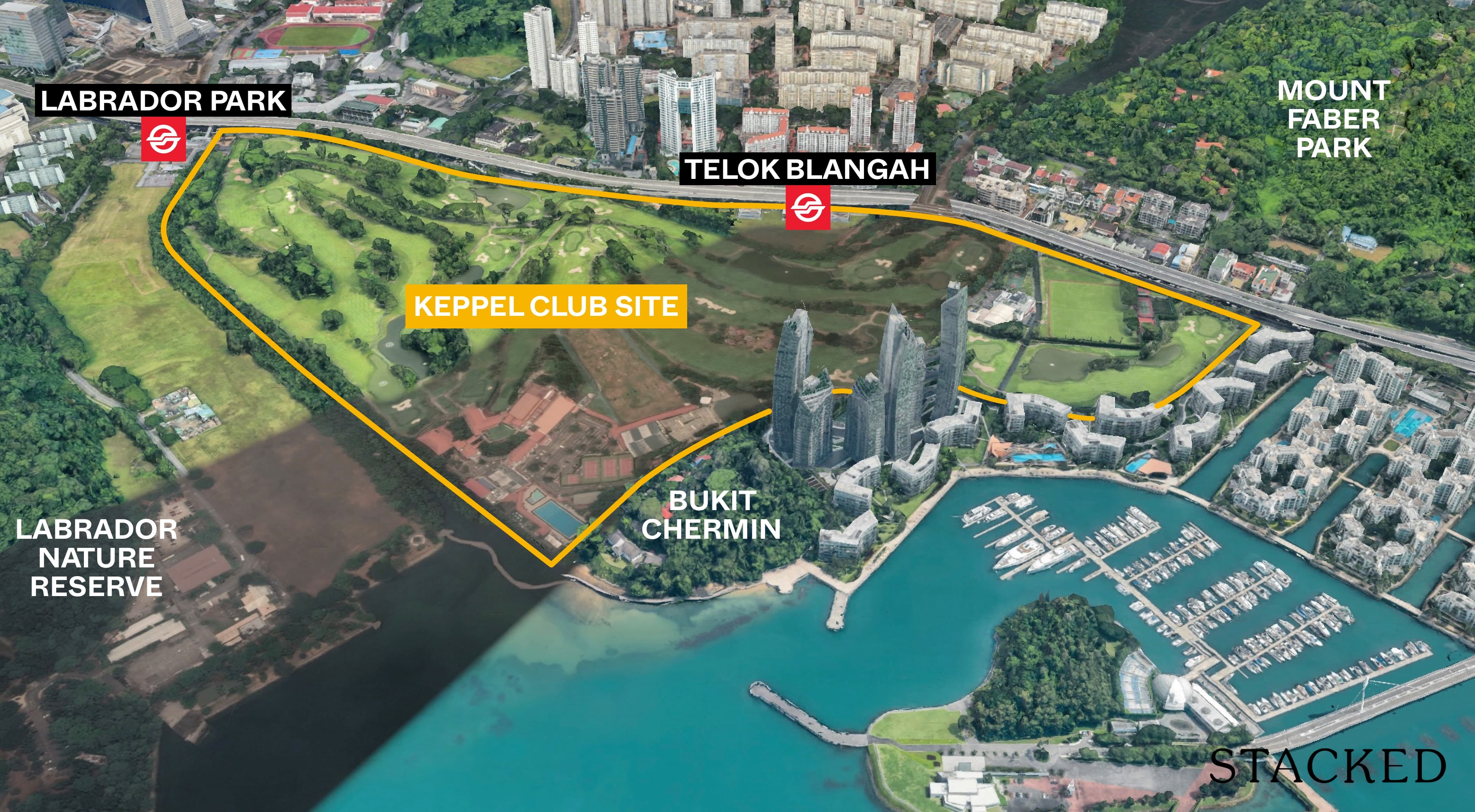
- Redevelopment of the Turf Club in Kranji by March 2027, which will support further development of Woodlands regional hub.
- A new residential estate in Bayshore, as part of the East Coast Renewal. The wider plan may also include the Long Island project, which adds as a barrier against rising sea levels, while also providing more residential homes.
- Extension of public housing and amenities in the Simei estate, near Upper Changi MRT.
- A new assisted-living model for public housing, to be launched in Kovan sometime soon.
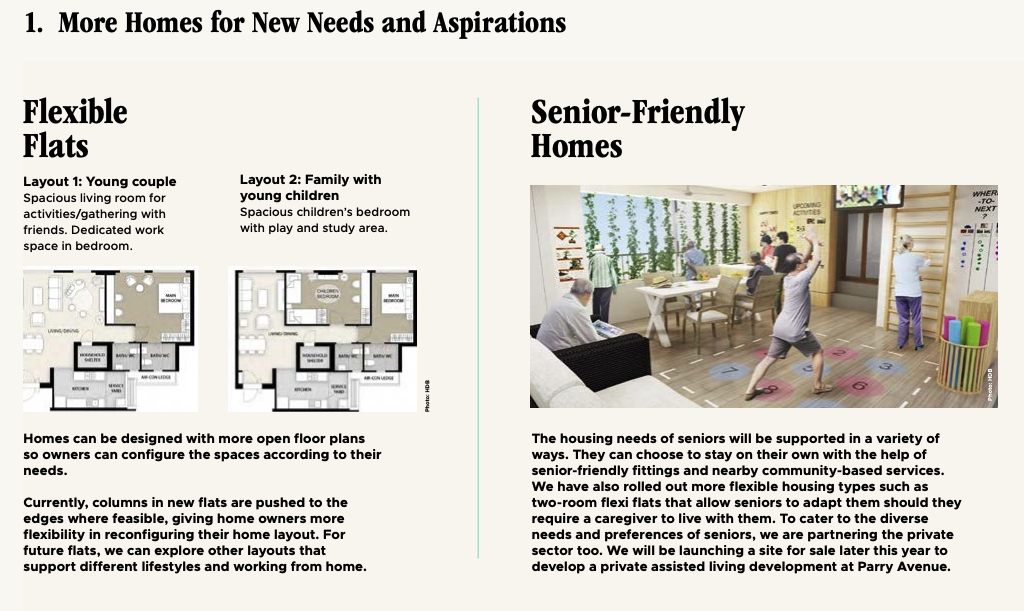
As an interesting aside, we understand there will be a wider range of layouts for some of these upcoming HDB developments. We’ve yet to see any finalised plans for these though, and we suspect they will be gradually rolled out in coming BTO launches.
2. Mixed-use developments and “vertical zoning”
One description given was “injecting more flexible and mixed-use workspaces in areas like Jurong Lake District.” This could also mean sale sites with different lease durations and densities, to better merge commercial hubs with residential areas.
One manifestation of this could be a “vertical zoning” concept: instead of having separate land zones as we do now, usage will be based on certain floors of a building. For example: the lower floors of a building can be reserved for light industrial (e.g., packing plants, warehouses), while the middle-floors are for offices and co-working spaces, and the top floors are reserved for residential.
We haven’t seen such a zoning method before, so it would be unprecedented. As Jurong Lake District was mentioned by URA, we imagine this is where it might debut; but we don’t know for sure. Kolam Ayer and Yishun industrial areas are also slated for redevelopment, to include co-working spaces – so we might see examples there as well.
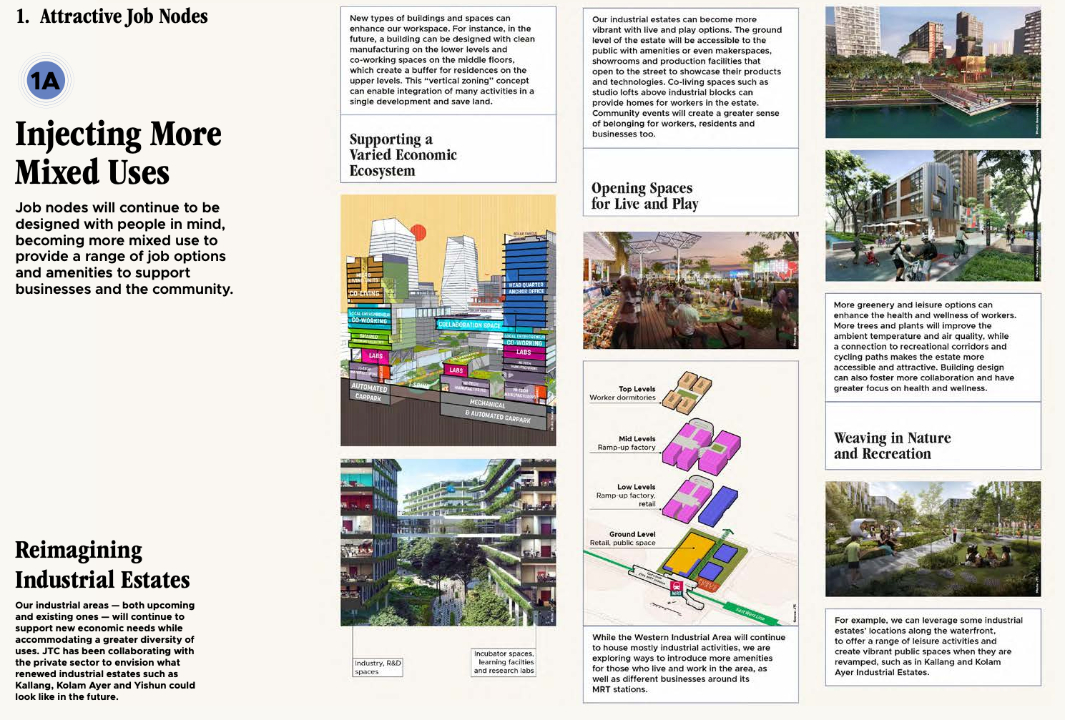
Authorities have also raised the possibility of shorter-leased commercial sites (15 to 30 years), as industries change and Work From Home becomes the norm.
Different lease durations are an interesting idea, and we do wonder if, eventually, we’ll see these for residential as well (e.g., could we perhaps see 60-year leases for condos, like the Hillford?)
3. More green recreational sites
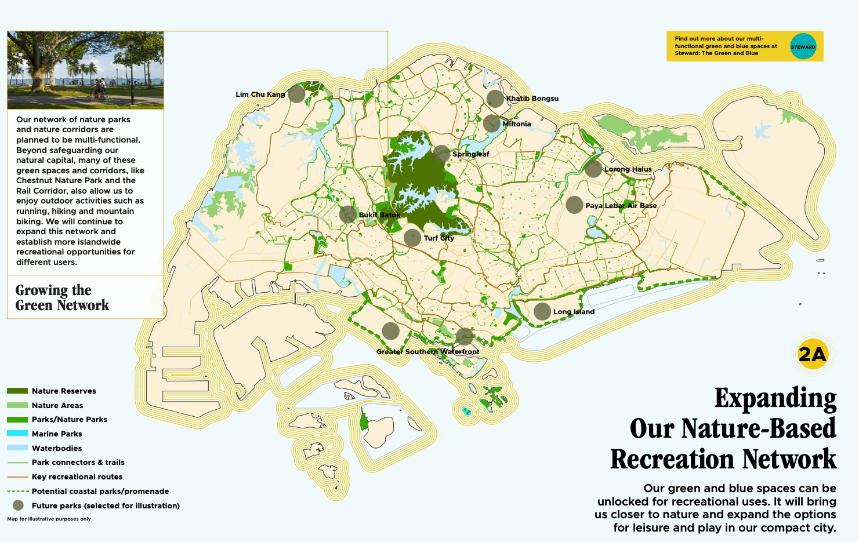
Lazarus Island has had the most publicity for this, largely because of the “tiny homes” concept that have pitched alongside them. We would expect more major efforts to promote this in the coming years. But that aside, all of the Southern Islands are slated for new “eco-tourism” type concepts, designed around nature and heritage trails; so perhaps we’ll have more reason to get on a ferry or sampan in the near future.
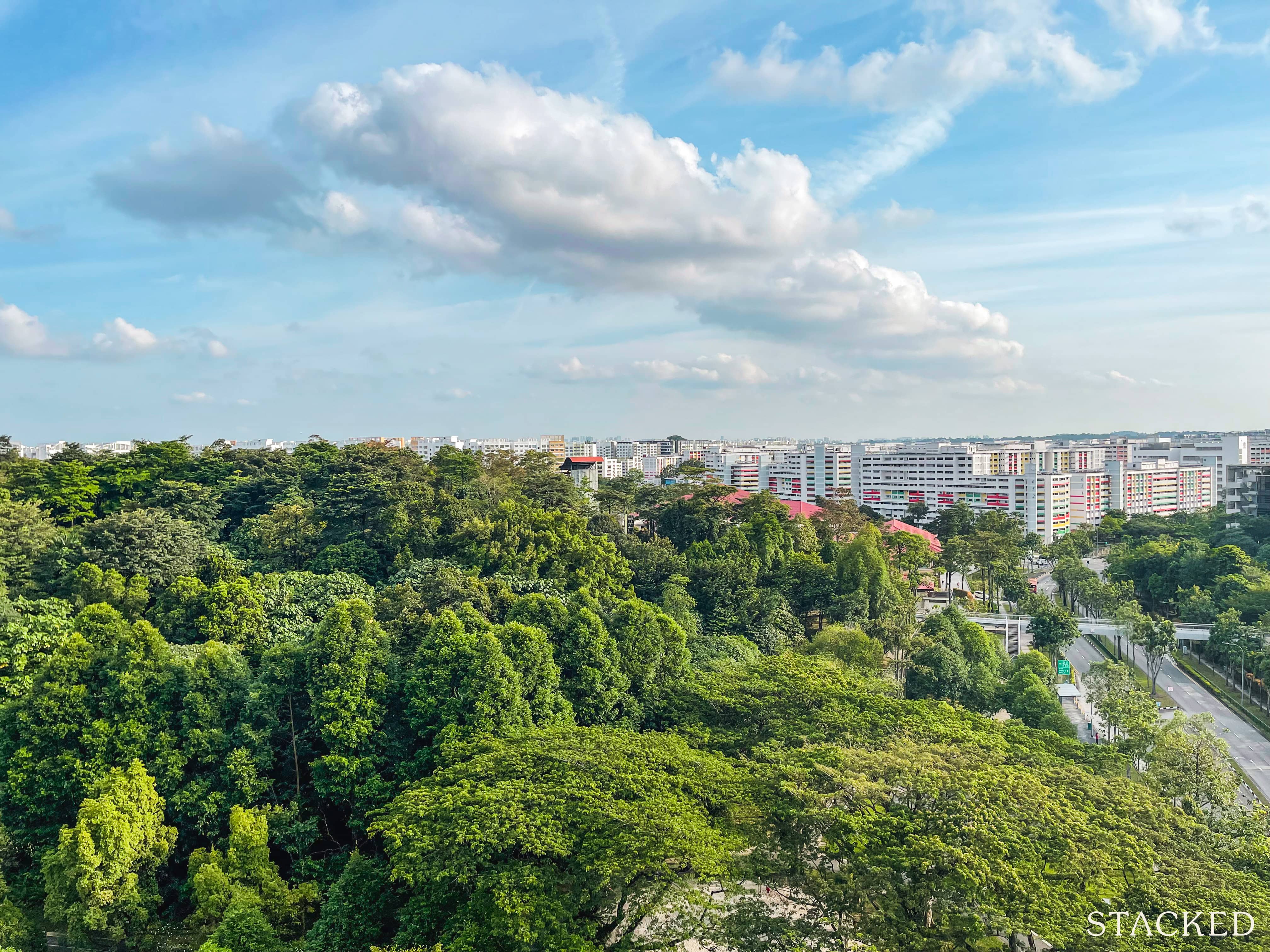
Sentosa and Pulau Brani are also on this list, but saying Sentosa will be “transformed” into any kind of tourism offering feels ridiculous (what is it right now?!) Pulau Brani, however, is a much longer project (an estimated 20 to 30 years), which will establish a marina for water-based sports and leisure close to Keppel. This will also double as a breakwater. Details are scarce, but mentioned by URA.
There will also be a new tourism development in the Jurong Lake District, that’s also a form of “green” recreation. This is slated for mid-2028, and right now it’s devoid of details; but you can see a reference to it on page 14 of this link.
4. Singapore’s longest elevated cycling bridge
This is a 682-metre bridge spanning a section of the PIE, close to where St. Andrews Village is located. This will be up by 2027. This bridge will complete the Kallang Park Connector route, which now forms a 10 kilometre trail that allows you to go from Bishan to the CBD in 30 to 45-minute (by bike).
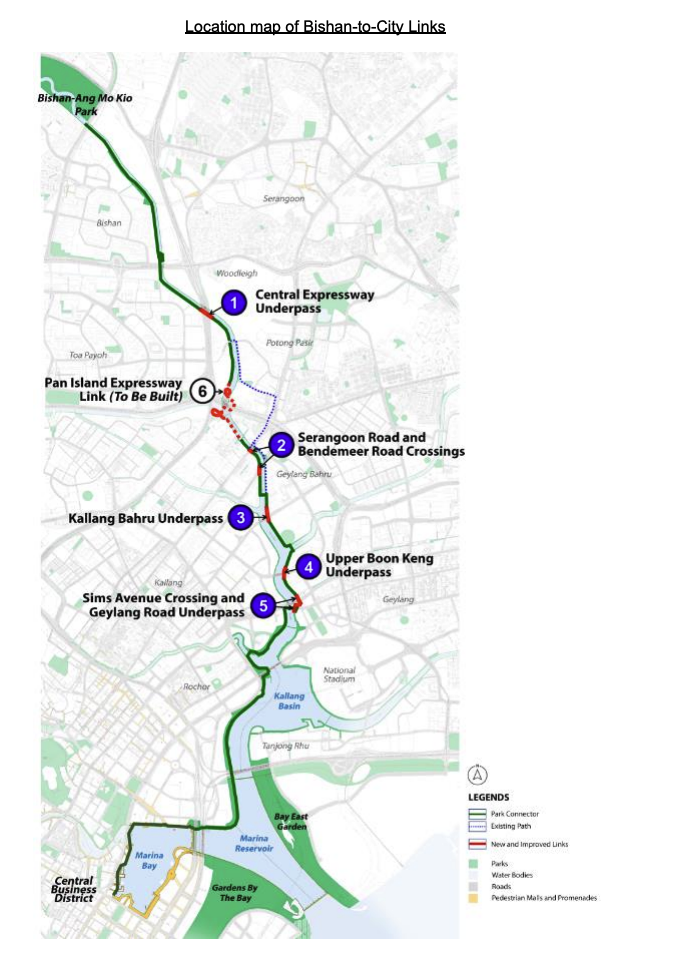
We suppose this could reduce demand on the MRT and bus infrastructure; but it’s likely to be more recreational than functional. This is given the increasing popularity of Work From Home arrangements.
5. The relocation of Paya Lebar Airbase
Paya Lebar Airbase will be relocated sometime in 2030, and you can already see the plans drawn up. Besides the 150,000 new homes likely to take its place, there are now redevelopment plans in Marine Parade, Hougang, and Punggol. The runway of the airport will likely be preserved, acting as a 3.8 kilometre “green spine,” or park-like connector between neighbourhoods.
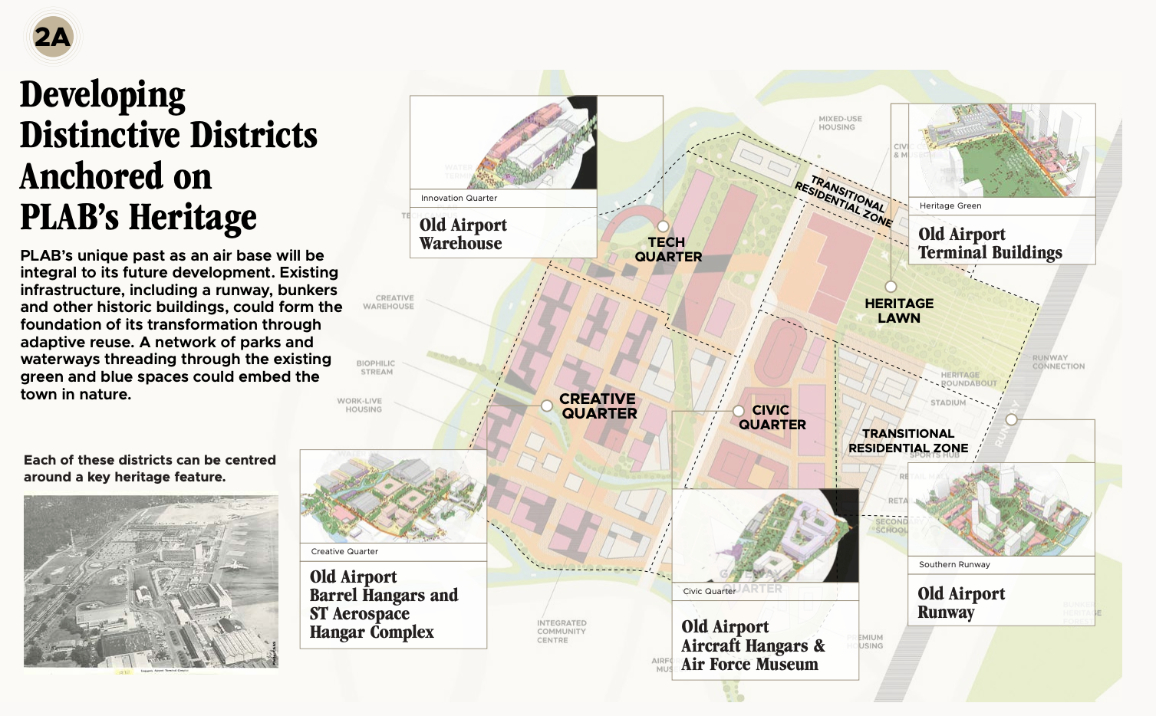
You can see the proposed changes here. While the relocation is not a new revelation (it was expected many years before), we can expect the plans to be revised in accordance with what we see in Master Plan 2025. That could mean an extension of green recreational spaces, or further mixed-use developments, in adjacent towns given the freed-up space.
For those living in the east, we’d keep a close watch on how this develops further, going into 2030.
More of the Master Plan will be fleshed out in the coming years, and we expect to see more details specific to each neighbourhood. For further updates, follow us on Stacked Homes. You can also check out our reviews of new and resale properties, where we also examine future developments near the projects.
If you’d like to get in touch for a more in-depth consultation, you can do so here.
Ryan J. Ong
A seasoned content strategist with over 17 years in the real estate and financial journalism sectors, Ryan has built a reputation for transforming complex industry jargon into accessible knowledge. With a track record of writing and editing for leading financial platforms and publications, Ryan's expertise has been recognised across various media outlets. His role as a former content editor for 99.co and a co-host for CNA 938's Open House programme underscores his commitment to providing valuable insights into the property market.Read next from Editor's Pick
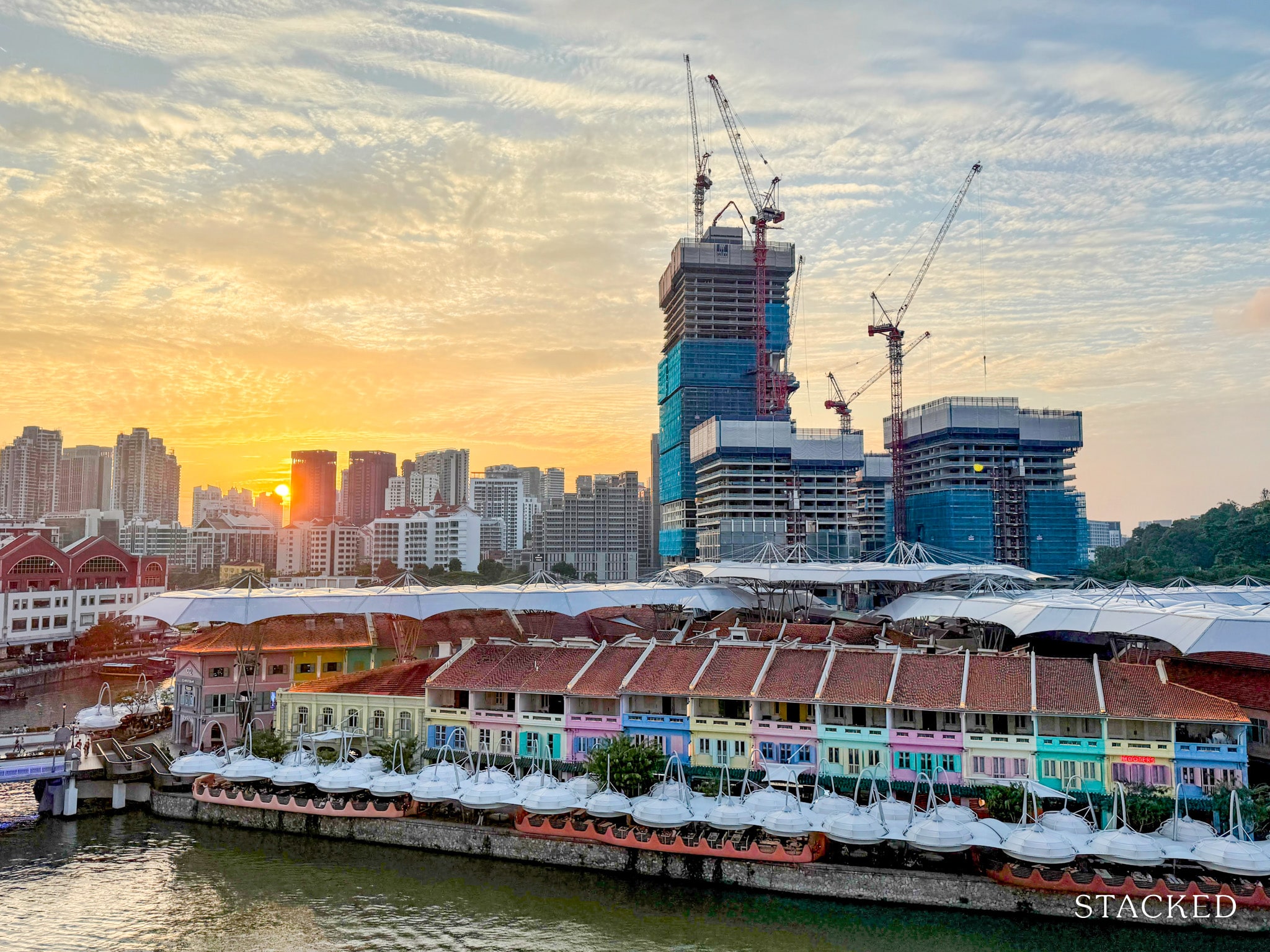
Property Market Commentary 7 Close To TOP New Launch Condos In 2026/27 For Those Looking To Move In Quick
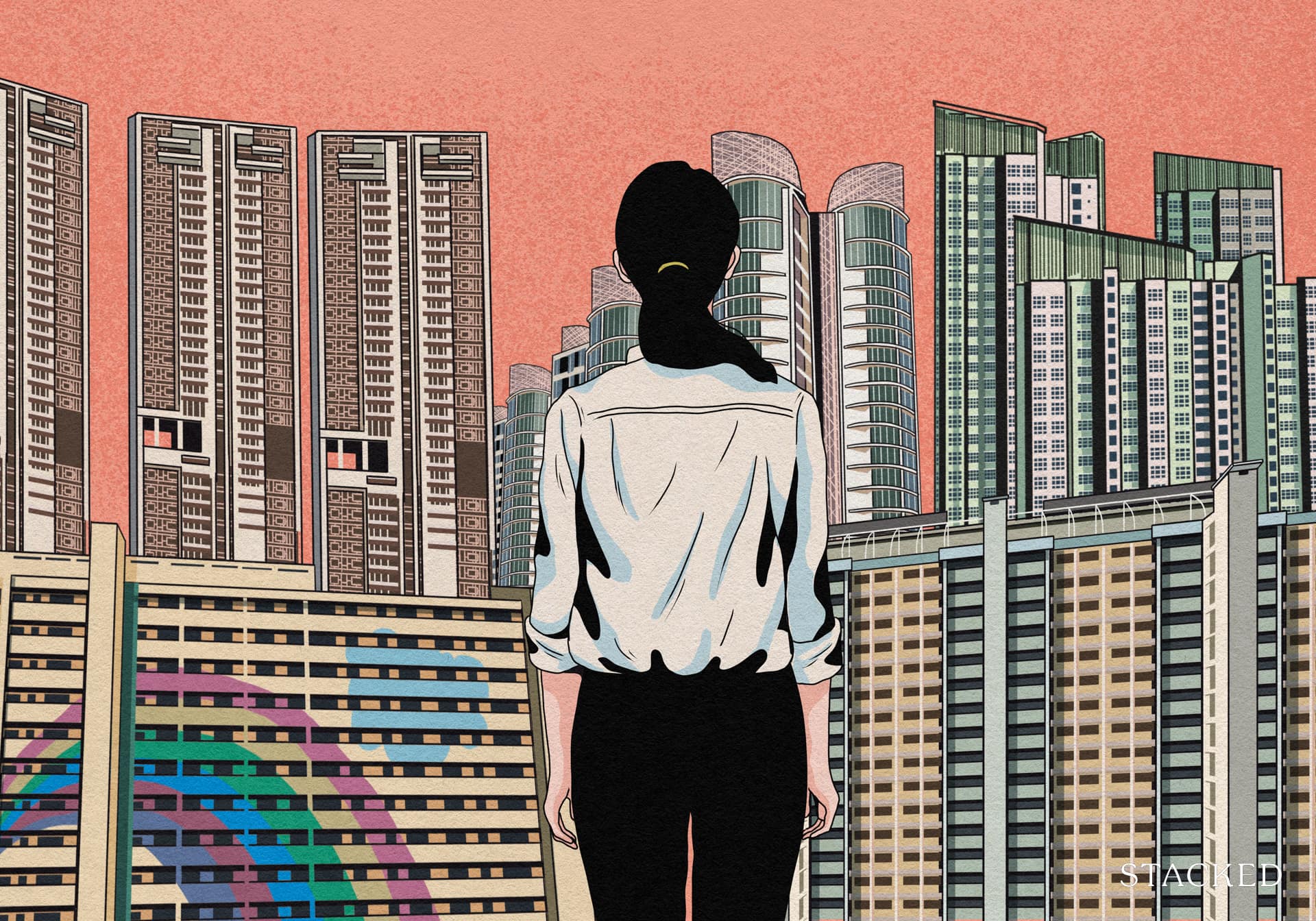
Property Market Commentary Why It’s So Much Harder For Young Singaporeans To Buy A Home Today
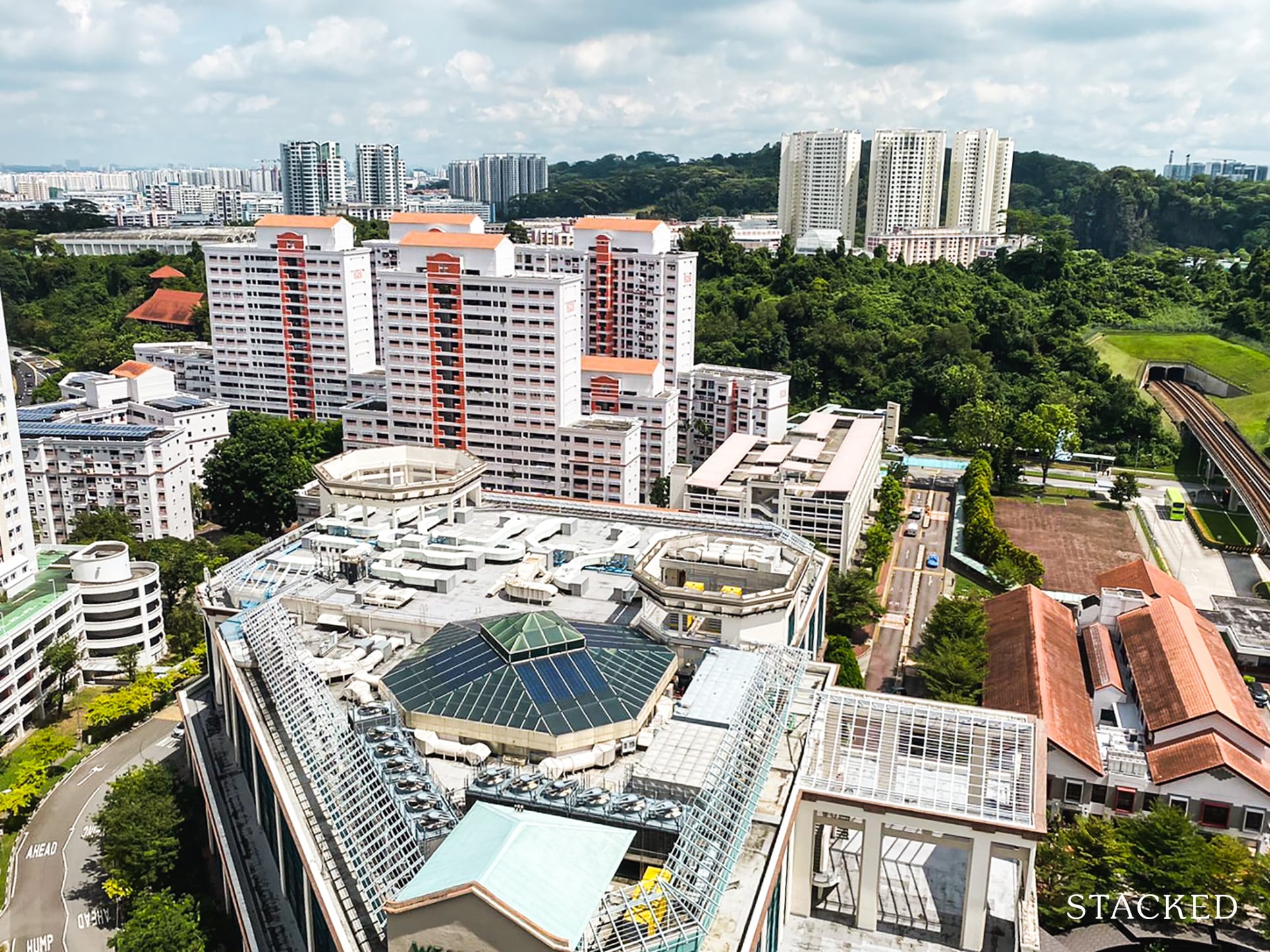
Property Market Commentary Which HDB Towns Sold the Most Flats This Year? The 2025 Rankings Reveal Some Surprises
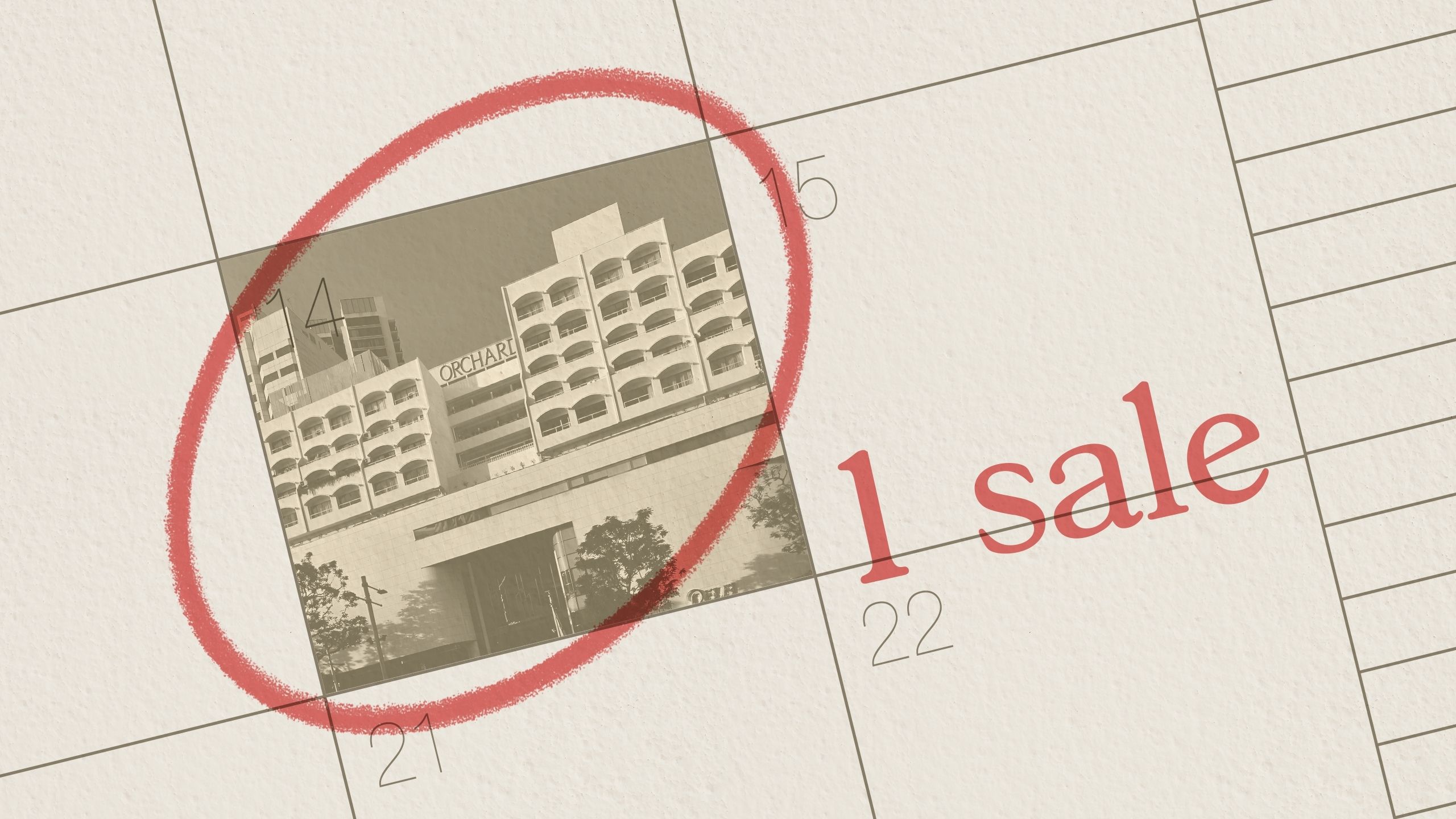
Property Market Commentary The Rare Condos With Almost Zero Sales for 10 Years In Singapore: What Does It Mean for Buyers?
Latest Posts

Pro How Much More Should You Really Pay for a Higher Floor or Sea View Condo?
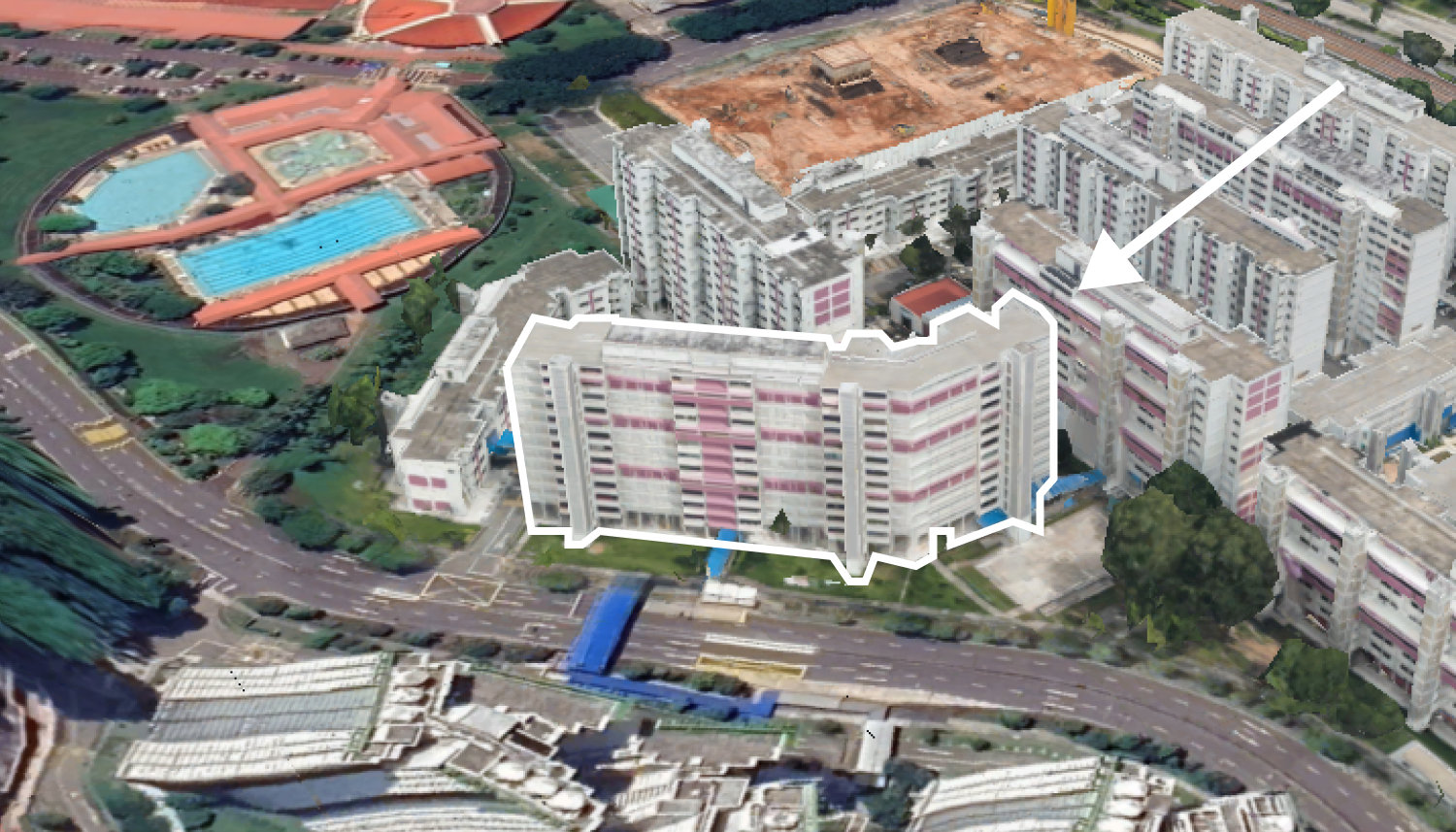
On The Market 5 Spacious 5-Room HDB Flats Under $600K You Can Still Buy Today
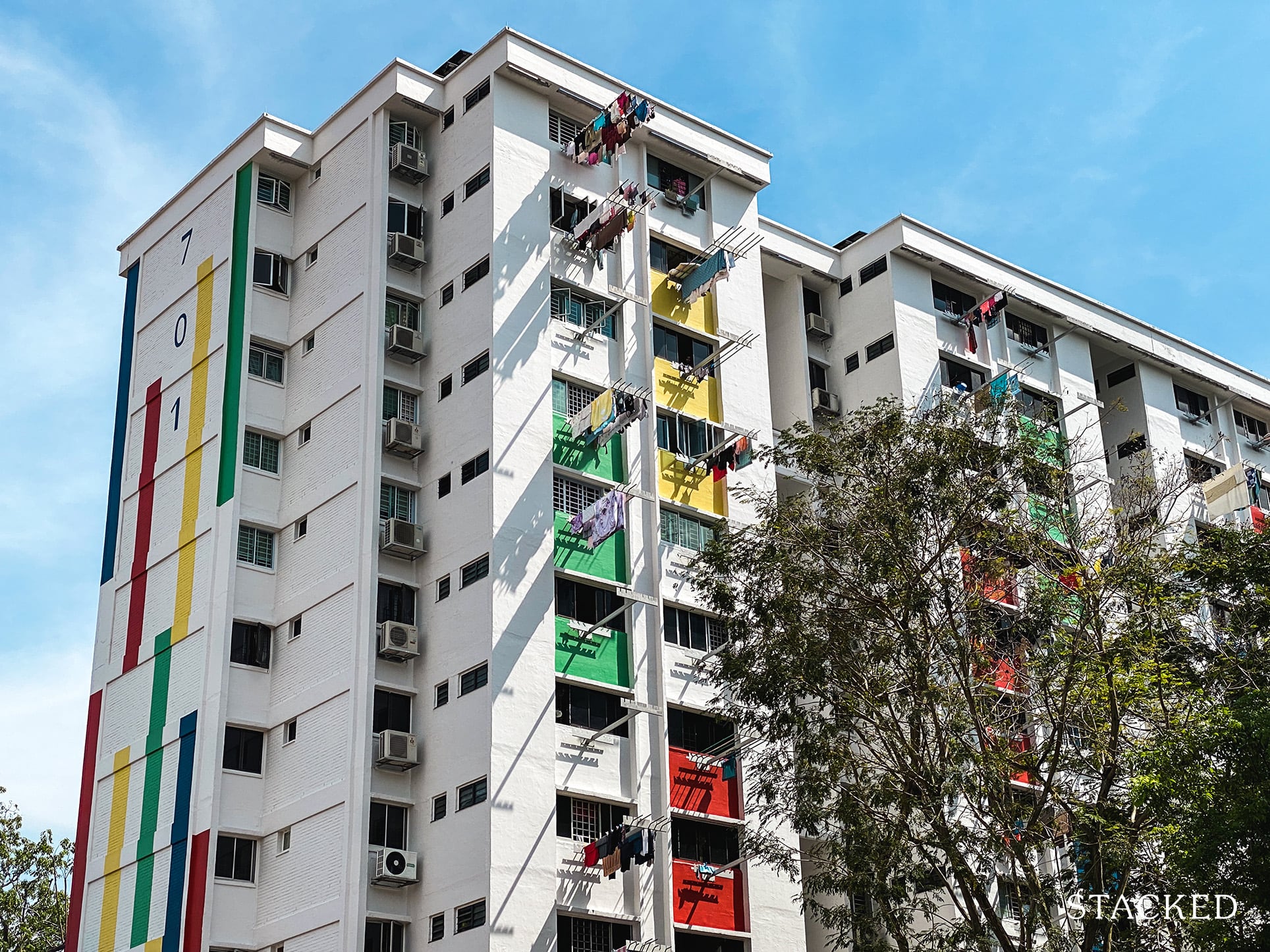
Property Advice I Own A 55-Year-Old HDB Flat, But May Have To Sell — Can I Realistically Buy A Freehold Condo With $700K?
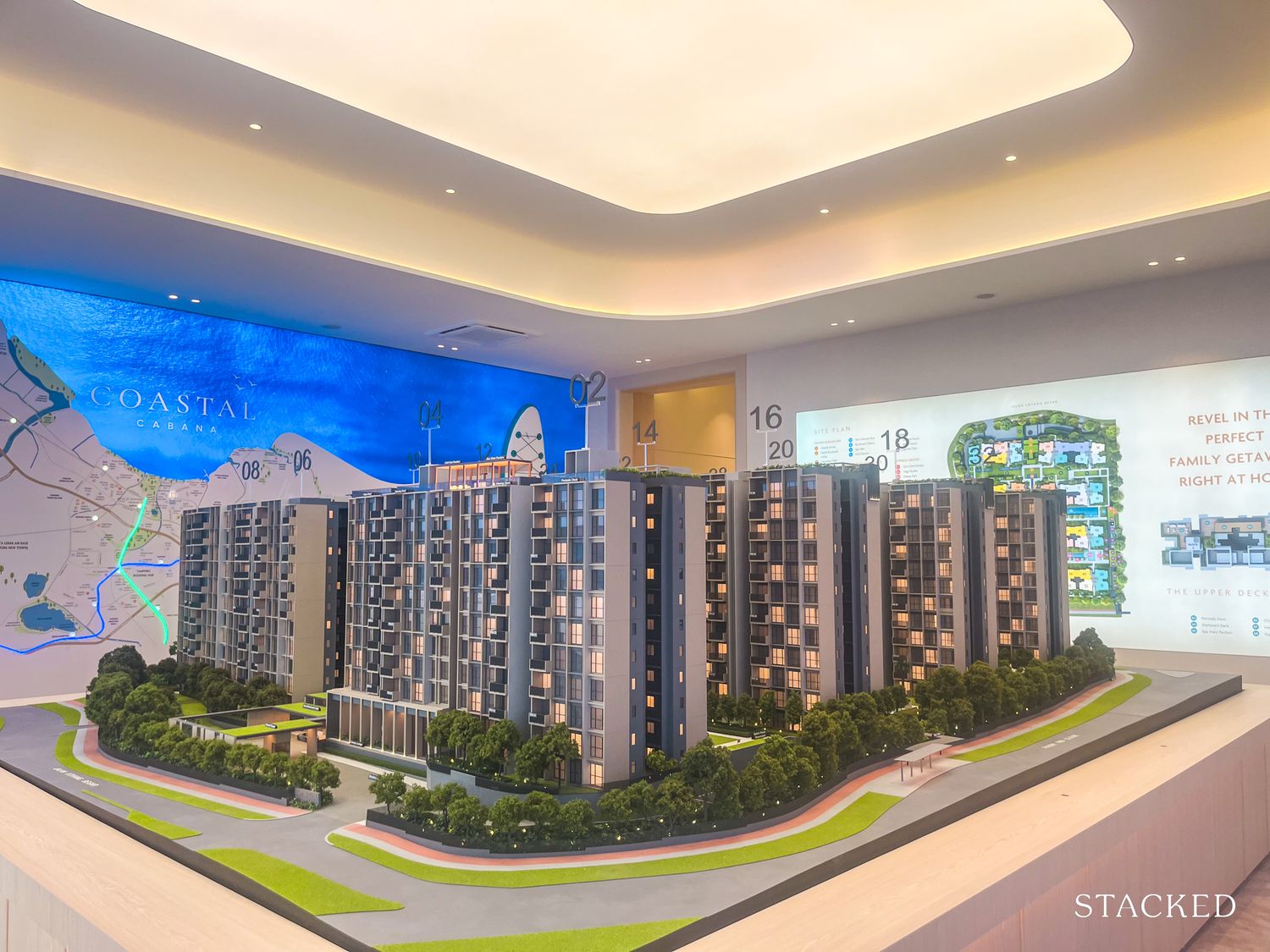
New Launch Condo Reviews Coastal Cabana EC Review: A Unique EC With Sea Views Priced From $1.438M
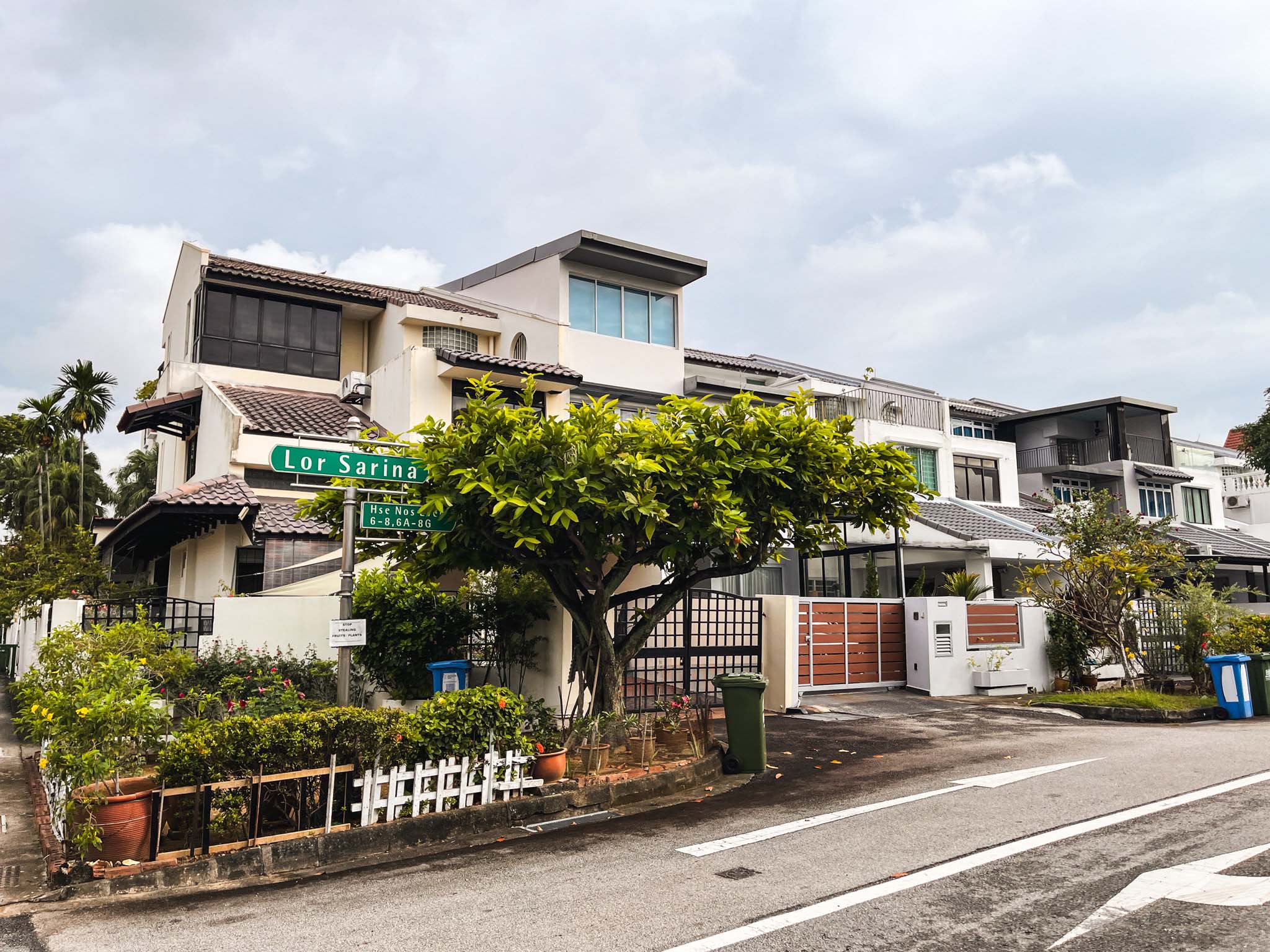
Landed Home Tours We Toured a Freehold Landed Area Buyers Overlook — It’s Cheaper (and Surprisingly Convenient) From $3.2M
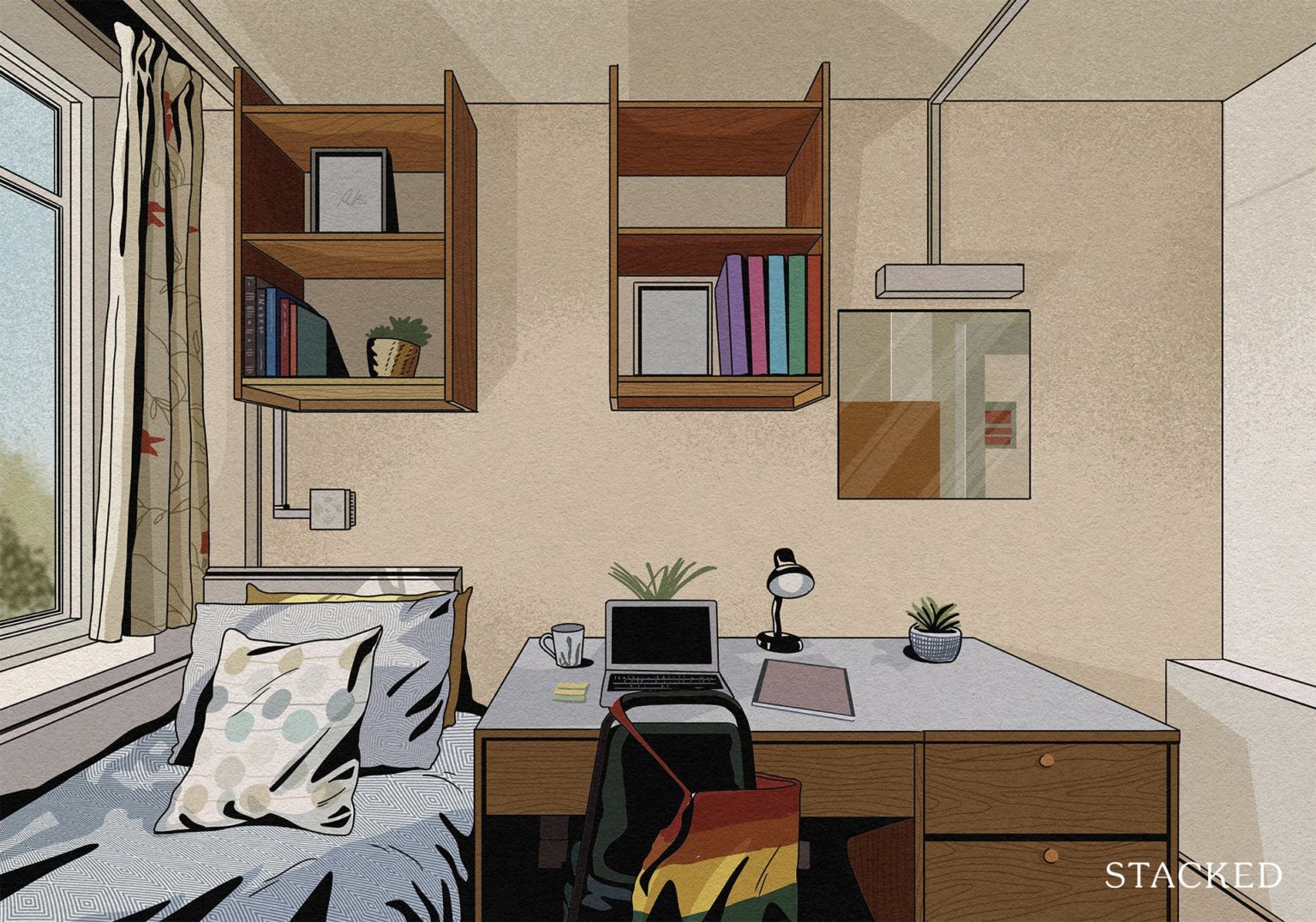
Singapore Property News The Hidden Costs of Smaller Homes in Singapore
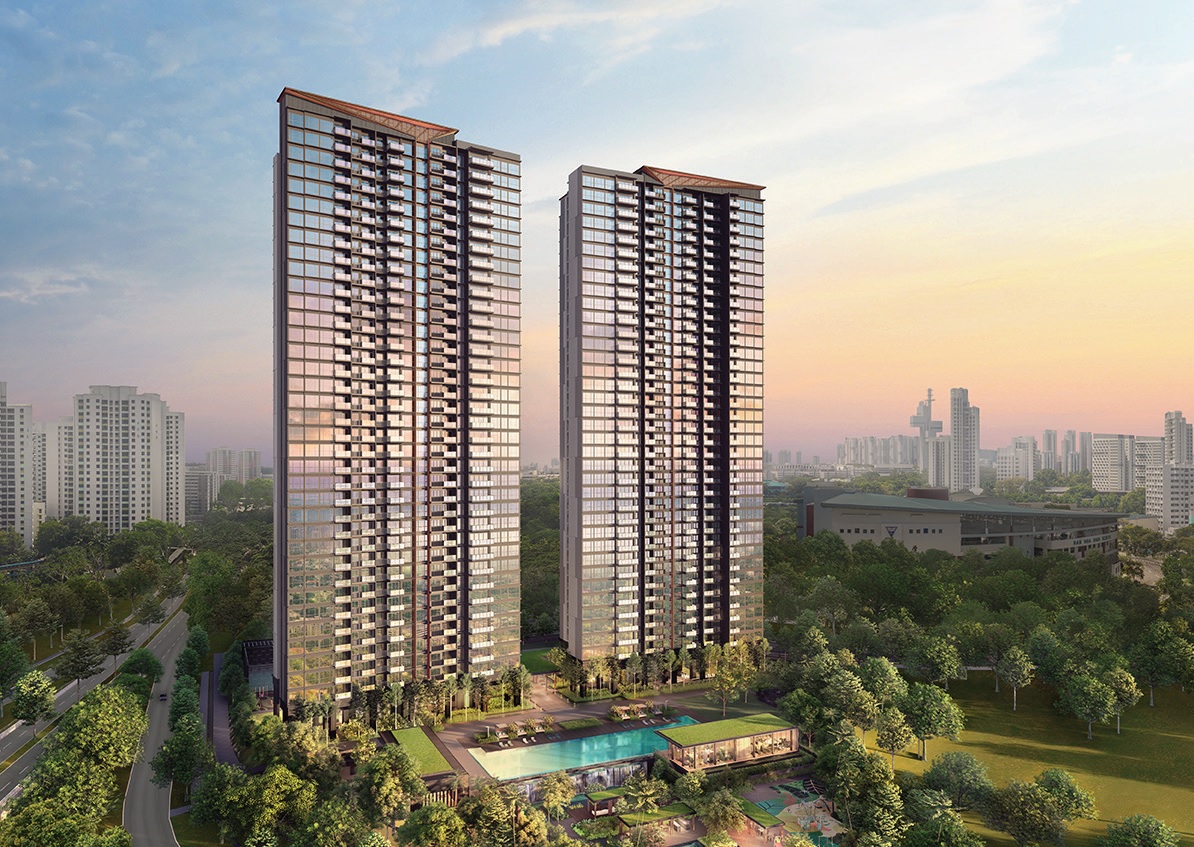
Property Advice We Own A 2-Bedder Condo In Clementi: Should We Decouple To Buy A Resale 3 Bedder Or Sell?
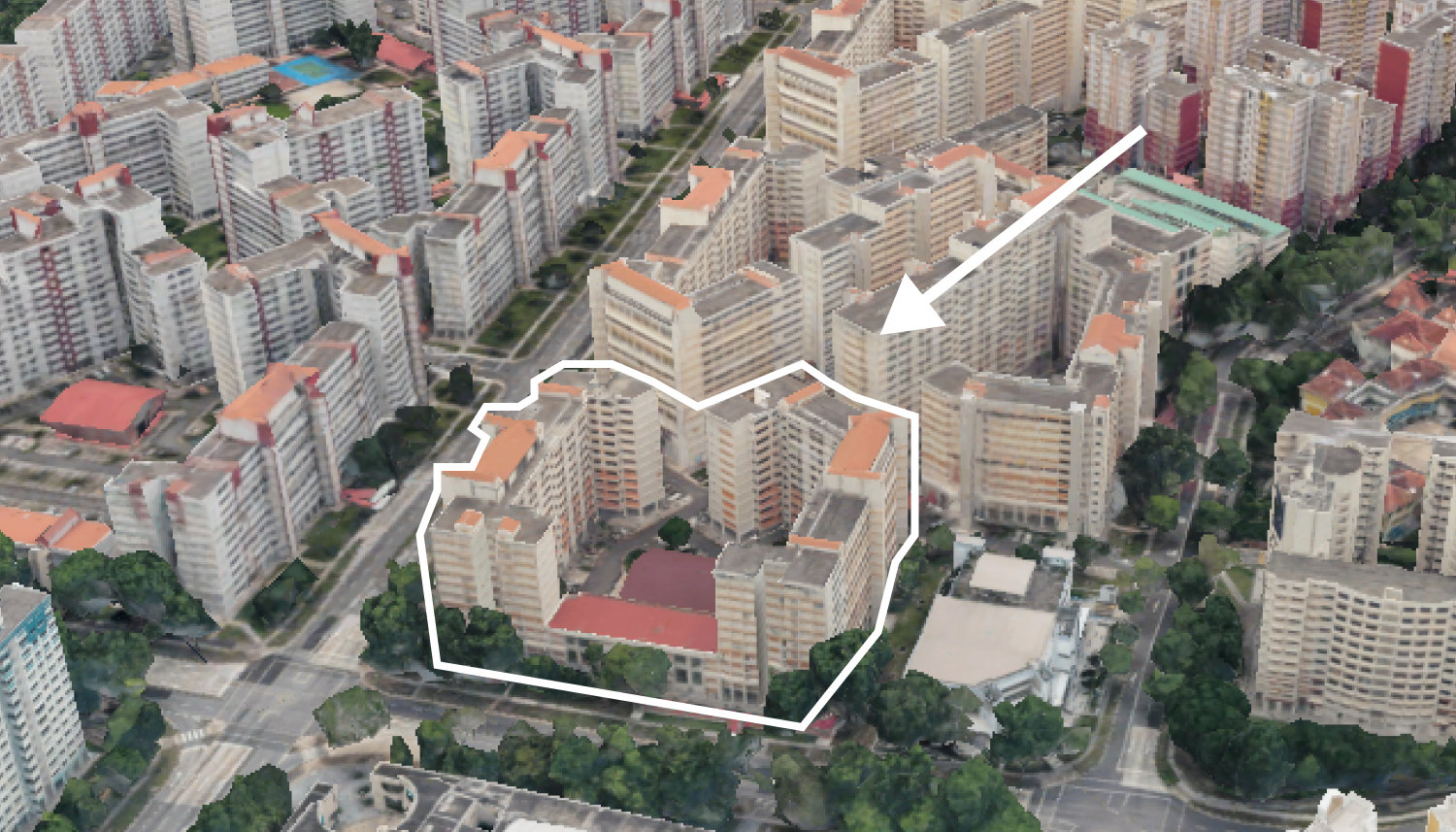
On The Market We Found the Cheapest Yet Biggest 4-Room HDBs You Can Buy From $480K
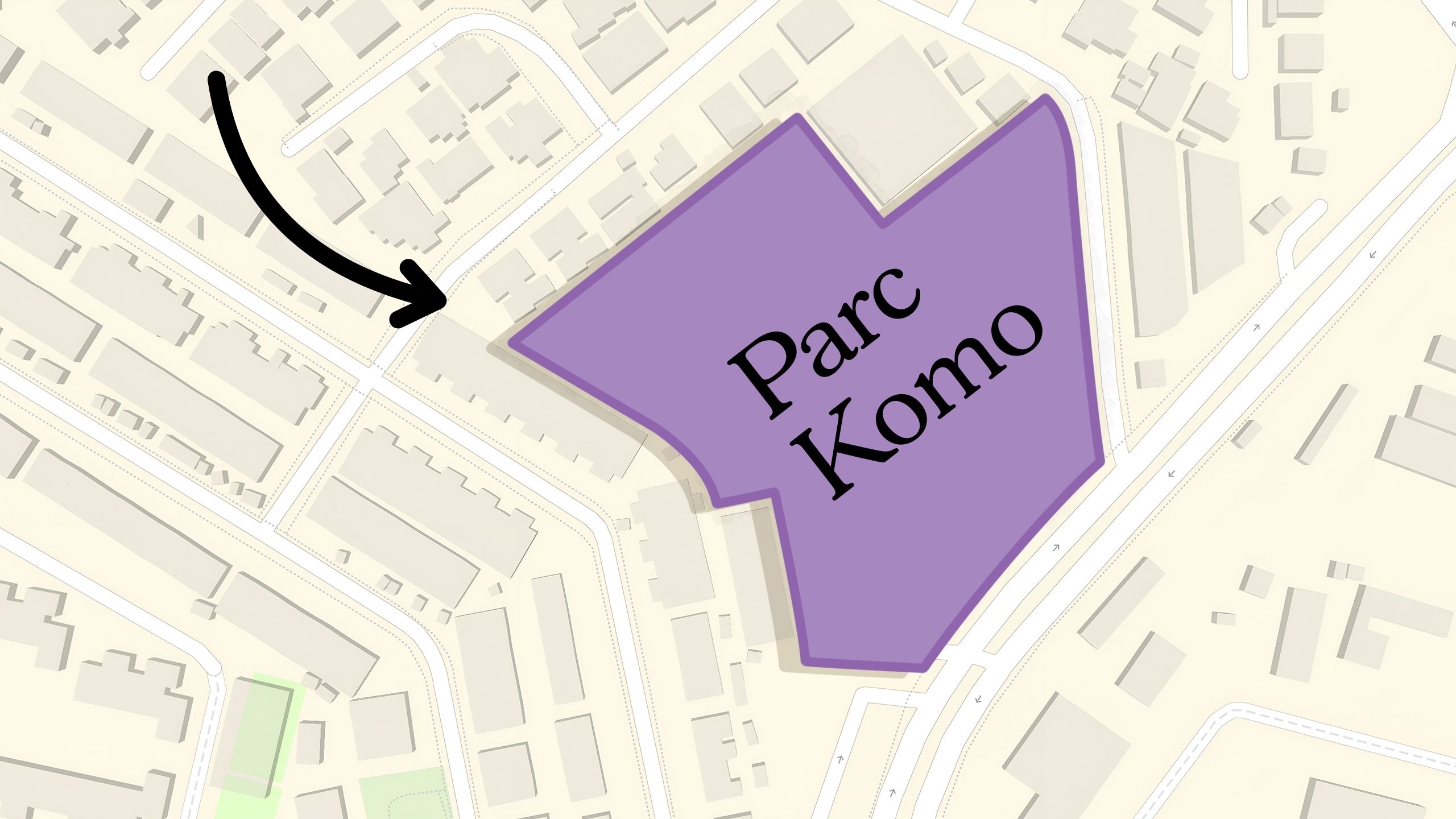
Pro Why This Freehold Mixed-Use Condo in the East Is Underperforming the Market
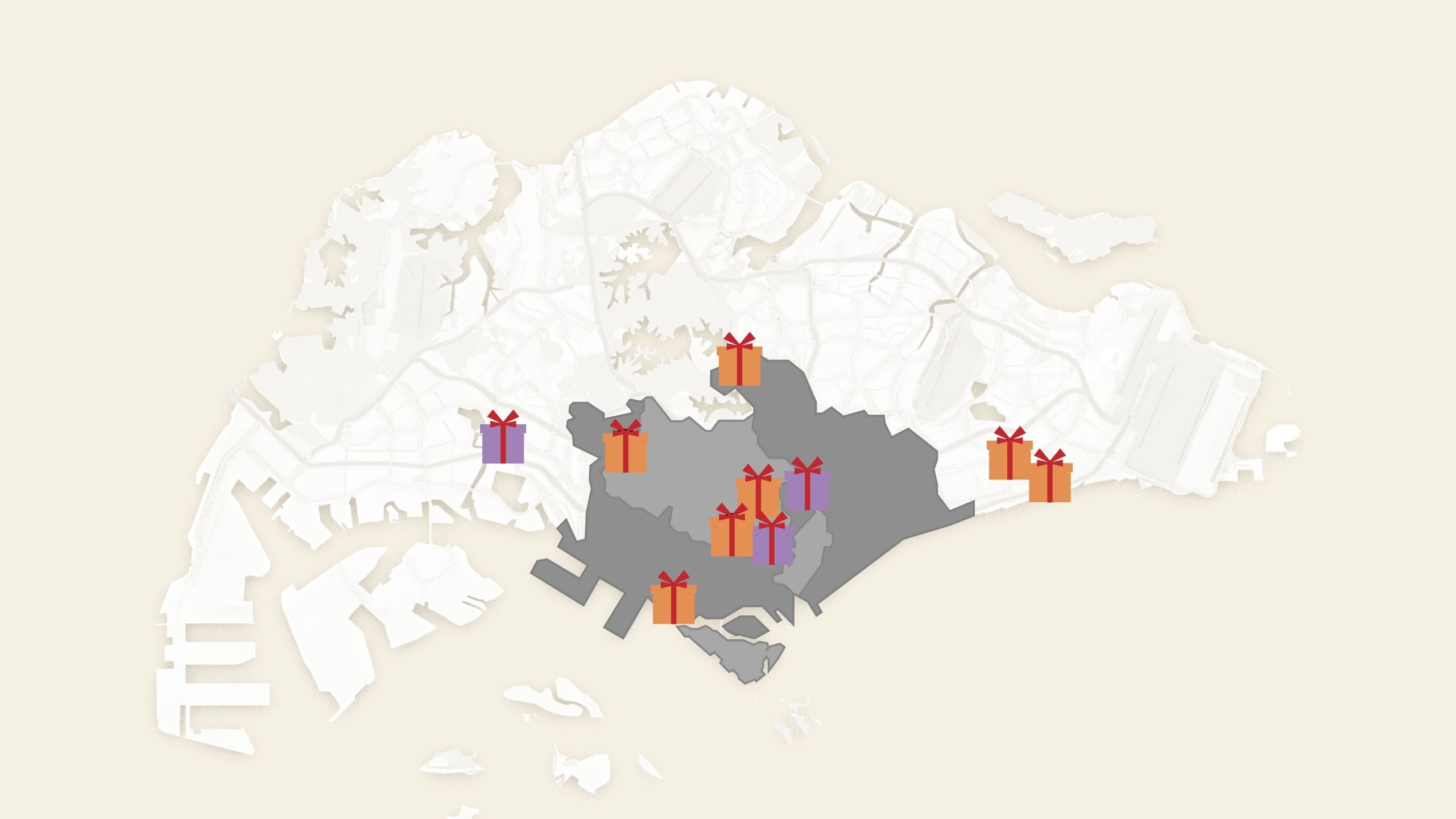
Singapore Property News 10 New Upcoming Housing Sites Set for 2026 That Homebuyers Should Keep an Eye On

Homeowner Stories I Gave My Parents My Condo and Moved Into Their HDB — Here’s Why It Made Sense.

Singapore Property News Will Relaxing En-Bloc Rules Really Improve the Prospects of Older Condos in Singapore?

Pro Why This Large-Unit Condo in the Jervois Enclave Isn’t Keeping Up With the Market

Singapore Property News A Housing Issue That Slips Under the Radar in a Super-Aged Singapore: Here’s What Needs Attention

Landed Home Tours Inside One of Orchard’s Rarest Freehold Enclaves: Conserved Homes You Can Still Buy From $6.8M


